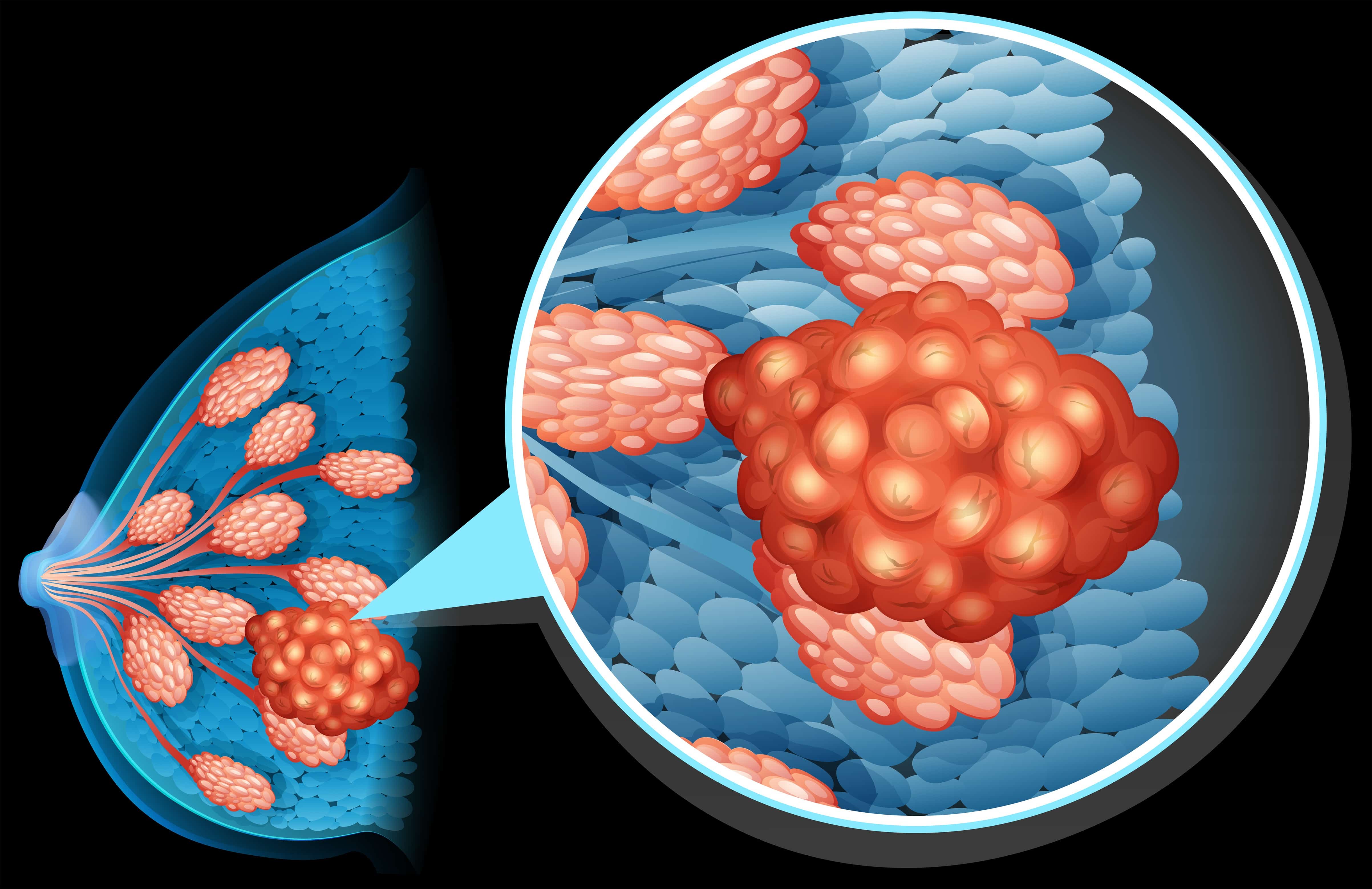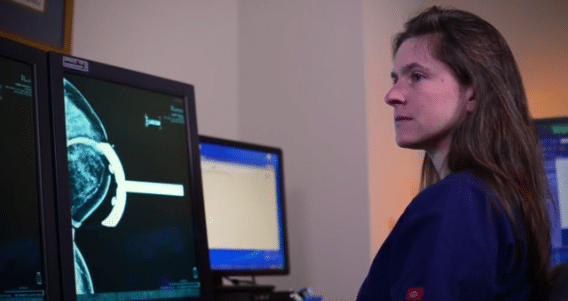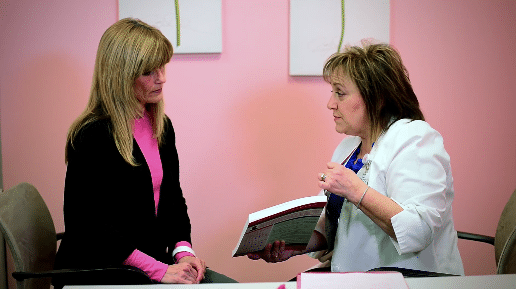“You have breast cancer.”
Those are some of the scariest words in the English language, but unfortunately, patients hear it all too commonly.
Breast cancer is the second most common cancer in American women, after skin cancer, and it affects 1 in 8 women in their lifetime.
Fortunately, breast cancer can be prevented.
Just as colon cancer can be prevented with a colonoscopy and removal of precancerous polyps, breast cancer can be prevented with a screening.
A mammogram can often detect lesions well before they become invasive.

It is thought that there are several steps, or mutations, that a cell goes through before becoming invasive cancer. First, the cells become bizarre looking, or atypical. They begin to grow out of control and become ductal carcinoma in-situ (DCIS). And finally, they break out of their normal borders and become invasive cancer.
A new type of mammogram, called a 3D mammogram or tomosynthesis, is even better at detecting these precancerous lesions by takes several images of the breast and compiling them together.
This 3D rendering makes it easier for a radiologist to find small lesions, especially in dense breasts, and in most cases, the dose of radiation is the same as for a standard 2D mammogram.
The recommendations for mammogram screenings have changed in recent years. Unfortunately, these changes have not made it easy for patients to understand and follow what they should be doing for their breast care.
Here are the current recommendations for screening mammograms for several age groups:
United States Preventive Task Force (USPTF)
-
- Before age 50: The decision to start screening should be an individual one, according to the patient’s values
- Ages 50-74: Mammograms every 2 years.
- Ages 75+: The current evidence is insufficient to assess the benefits and harms of screening mammography
The American Cancer Society (ACS)
-
- Ages 40-45: Women should have the choice to start mammograms
- Ages 45-54: Annual mammograms
- Ages 55+: Women should switch to every 2 years.
The American College of Radiology
-
- Ages 40-74: Annual mammogram
- Age 75+: Screening should stop when life expectancy is less than 5-7 years
If you feel a lump in your breast, always have it checked out. Never assume that it is going to be nothing.
A new breast mass, even if you just had a mammogram a few months ago, should be evaluated by a qualified health professional. Statistically, it is probably going to be benign, but if it does turn out to be cancer or one of the precancerous lesions mentioned above, it can be treated.
Here are some important statistics to remember.
- The 5-year survival rate for Stage 0 and Stage I breast cancer is close to 100 percent.
- The 5-year survival rate for Stage II is 93 percent.
- The 5-year survival rate for Stage III is 73 percent.
The earlier you have breast cancer treated, the better your prognosis.
 At Trinity Health System, we have many healthcare professionals that diagnose and treat breast cancer. Our radiologists and technologists at Images Mammography Center have specialized training in breast imaging, and we have a tomosynthesis machine to obtain the clearest breast images.
At Trinity Health System, we have many healthcare professionals that diagnose and treat breast cancer. Our radiologists and technologists at Images Mammography Center have specialized training in breast imaging, and we have a tomosynthesis machine to obtain the clearest breast images.
Our surgeons have further training in caring for patients with breast cancer, and we hold a multidisciplinary conference every month to discuss breast cancer cases that includes radiologists, surgeons, pathologists, medical oncologists, and radiation oncologists.
We do all of this because we want to give you the best care and the best outcomes possible.

